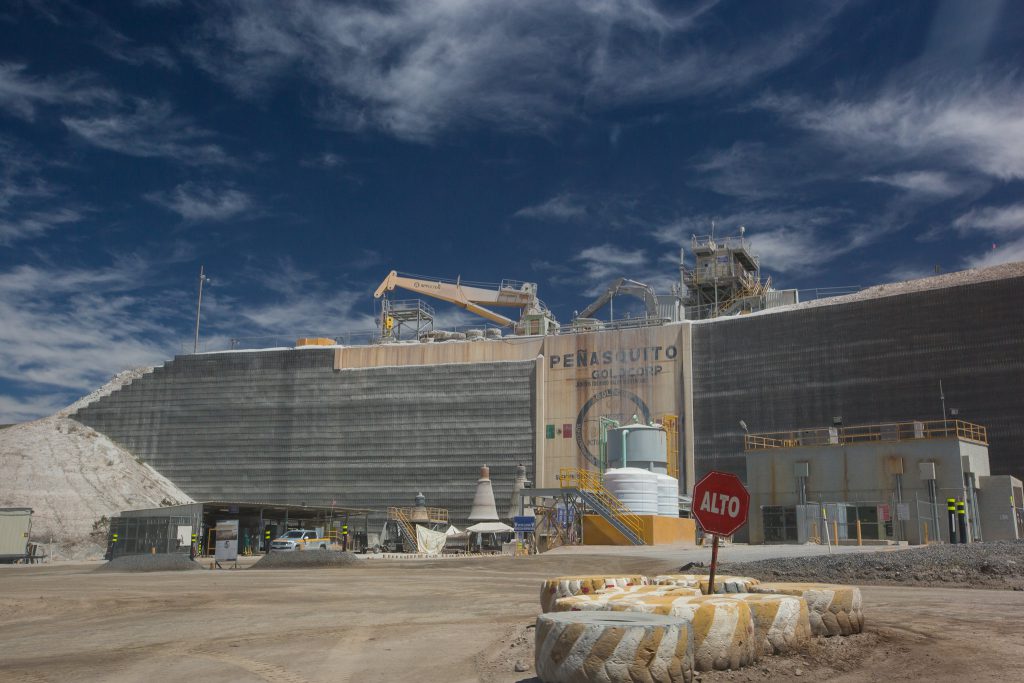
Global mined silver production will fall 2% in 2023 to 820 million ounces from 2022 totals due to lower output from operations in top producing countries Mexico and Peru, The Silver Institute said.
“Production from Mexico is expected to fall by 16 million ounces due to the impact of the suspension of operations at Newmont’s Peñasquito in the second and third quarter in response to a labour strike,” the industry body said.
“Even so, overall production from primary silver mines will still rise this year, driven by the expected ramp-up at MAG Silver’s Juanicipio mine,” it added.
Silver is used in many industries including electronics and solar panels, and demand is expanding as the world moves away from fossil fuels.
Newmont (NYSE: NEM) (TSX: NGT), the world’s largest gold producer, began resuming operations at its Peñaquito mine in Mexico in October.
The asset, which is also Mexico’s largest gold mine, was halted for four months, costing the company millions of dollars a day.
The effects of this disruption were partially offset by the opening of Fresnillo’s (LON: FRES) and MAG Silver’s (TSX: MAG) Juanicipio mine in the Mexican state of Zacatecas.
The report, co-prepared by precious metals research consultancy Metal Focus, still predicts that 2023 will see another sizable physical silver shortfall, which would make it the third consecutive year of an annual deficit.
“At 140 million ounces, this will be 45% lower than 2022’s all-time high, but this is still elevated by historical standards,” the authors said.
The Silver Institute also highlighted that Metals Focus believes the deficit will persist for the foreseeable future.
“Metals Focus expects the average silver price to increase by 6% year-on-year to $23.10 [per ounce] this year.”
The largest silver producing nations last year were Mexico, China, Peru, Poland and Russia. Fresnillo, KGHM, Newmont, Glencore and Hindustan Zinc took the top spots in the ranking of largest silver producing companies.